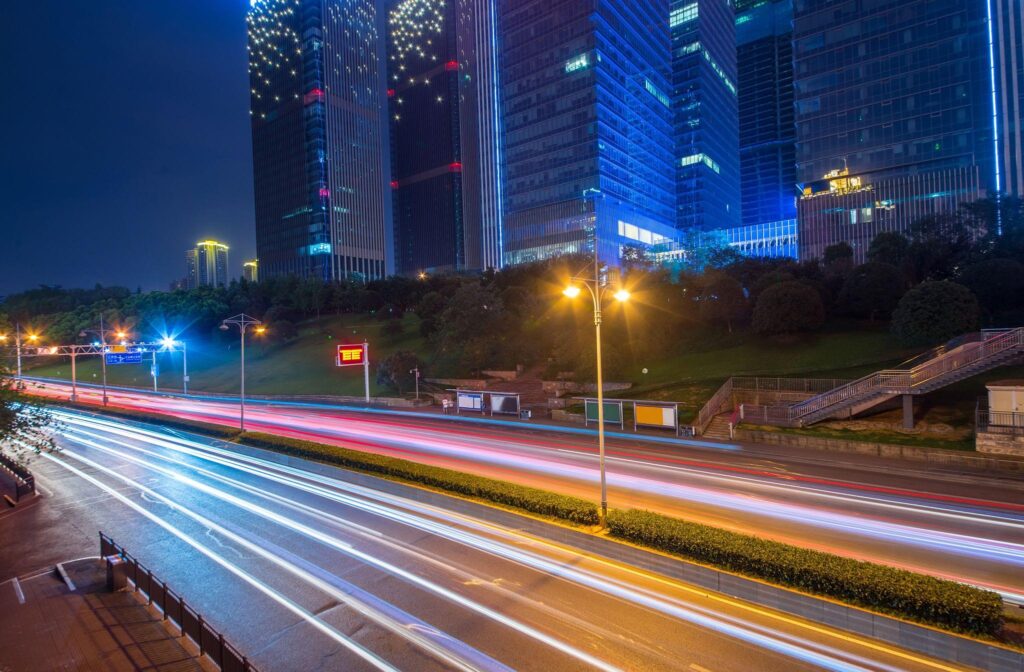Outline
- Introduction
- Precision Lighting Control and Energy Saving
- Intelligent Sensing and Automatic Dimming
- Remote Control and Data Management
- Combination with Renewable Energy Sources
- Enhancing Crop Yield and Quality
- Future Potential
- The Bottom Line
In contemporary agriculture, the use of LED lighting to ensure maximum plant growth is in the spotlight. This ensures maximum crop growth by catering to the specific light requirements of crops, enhancing photosynthesis and overall productivity.
Light controller photocells further elevate the efficiency of LED systems by enabling dynamic adjustment of light intensity, spectrum, and timing. They integrate seamlessly with environmental sensors, automating lighting schedules to match crop needs and natural light availability. These innovations ensure optimal plant growth while reducing energy wastage.
This article explores the transformative role of light controller photocells in agricultural LED lighting, focusing on energy efficiency, precision control, and their contribution to sustainable farming practices.

Precision Lighting Control and Energy Saving
Modern agricultural light photocells enable precise customization of LED spectra to match crop-specific requirements. For instance, plants thrive under specific wavelengths—red light promotes flowering and fruiting, while blue light supports vegetative growth. By controlling intensity and spectrum, growers can optimize photosynthesis and plant health at different growth stages.
Advanced light controllers integrate sensors to detect ambient sunlight levels, dynamically adjusting artificial light output to complement natural light. This not only maintains optimal light conditions but also significantly reduces energy consumption during daylight hours.
Controllers optimize lighting schedules by aligning them with crop photoperiod requirements. By delivering light only when necessary, these systems prevent over-illumination, lowering energy costs and extending the lifespan of LED systems. Such strategies can enhance efficiency by up to 70% compared to traditional lighting systems.
Intelligent Sensing and Automatic Dimming
Environmental sensors, such as light, temperature, and humidity, are pivotal in agricultural LED lighting. They provide real-time data, enabling automated systems to adjust lighting levels dynamically based on natural light availability and specific crop needs.
These systems are particularly impactful in controlled environments like greenhouses, where maintaining ideal conditions is essential for productivity. Studies indicate that IoT-enabled greenhouses can improve yields by up to 30% per square meter through precise environmental regulation, including lighting, ventilation, and irrigation.
Automated dimming also reduces overexposure risks and ensures that plants receive the appropriate light spectrum for each growth stage.
By integrating intelligent sensing, greenhouses not only save energy but also create optimal conditions for crops, leading to improved quality and shorter growth cycles. This technology underpins modern sustainable farming practices by reducing resource waste and enhancing efficiency.

Remote Control and Data Management
Implementing IoT technology in agricultural LED lighting systems transforms how farmers manage crop growth. IoT-enabled systems not only allow the control of lighting but are integrated with smart sensors; they can help to collect real-time data on parameters like soil moisture, temperature, and light intensity.
Such granular insights empower farmers to make informed decisions that optimize resource utilization and enhance productivity.
Further, data collection and analysis are critical in identifying patterns and predicting crop performance. Advanced IoT platforms employ big data analytics to refine lighting strategies, tailoring intensity and spectrum for each crop’s specific requirements. This data-driven approach minimizes wastage and supports precision farming practices that enhance yields.
Combination with Renewable Energy Sources
Utilizing renewables like solar power can promote the degree of sustainability further. Light controller photocells optimize this synergy by adjusting energy use based on the availability of renewable power.
For example, during peak solar output, controllers can prioritize solar energy to operate lighting systems, reducing dependency on non-renewable sources and lowering operational costs.
These systems also contribute to energy autonomy, especially in remote farming locations. The ability to pair renewable energy with LED lighting creates closed-loop, sustainable systems that not only lower carbon footprints but also promote environmentally conscious agricultural practices. As such, these advancements represent a step forward in achieving greener, self-sufficient farming operations.
Enhancing Crop Yield and Quality
LED lighting systems can be tuned to provide specific light spectra that optimize plant growth at different stages.
Blue light is critical during vegetative growth, promoting strong root and stem development. Red light supports flowering and fruit production, while far-red light influences plant morphology and can increase leaf size.
| Wavelength (nm) | Effect on Plants |
| 400–500 (Blue) | Promotes photosynthesis, stomatal opening, and compact growth. |
| 500–600 (Green) | Penetrates the canopy for photosynthesis in lower leaves. |
| 600–700 (Red) | Enhances flowering, fruiting, and stem elongation. |
| 700+ (Far-Red) | Stimulates leaf expansion and influences shade responses. |
Studies have shown that blue light enhances chlorophyll synthesis and stomatal activity, which is vital for early growth phases. Red and far-red light promote late-stage development, such as flowering and fruit setting. Combining these spectra leads to improved biomass and productivity.
Tailored lighting reduces energy waste, shortens growth cycles, and improves crop uniformity. This boosts profitability and supports sustainable agricultural practices by minimizing resource use.
Future Potential
Light controller photocells are increasingly embedded into IoT frameworks, enabling real-time monitoring and control. These systems adjust light intensity and spectra based on crop needs, weather, and growth data, ensuring efficiency and precision.
By combining data from soil, climate, and light sensors, adaptive systems can optimize growth conditions dynamically. This creates resilient farming environments capable of addressing challenges like climate variability.
As renewable energy sources like solar panels integrate with lighting systems, farms can achieve energy autonomy. Light controllers play a pivotal role by managing energy use effectively, contributing to reduced carbon footprints and sustainable practices.

The Bottom Line
Light controllers are essential for maximizing the potential of LED agricultural lighting, driving energy efficiency, improving crop quality, and supporting sustainable farming practices. For reliable and advanced light controller photocells, Chi-Swear stands out as a trusted supplier.
External Links
- https://agritechdigest.com/led-lighting-in-vertical-agriculture/
- https://tempcube.io/blogs/temperature-humidity/automated-greenhouse-control-how-iot-sensors-enable-smart-agriculture
- https://www.mdpi.com/2227-7080/12/11/230
- https://www.mdpi.com/1424-8220/23/18/7670
- https://www.cropsreview.com/grow-light/spectrum/
- https://www.mdpi.com/journal/plants/special_issues/led_spectra_growth






